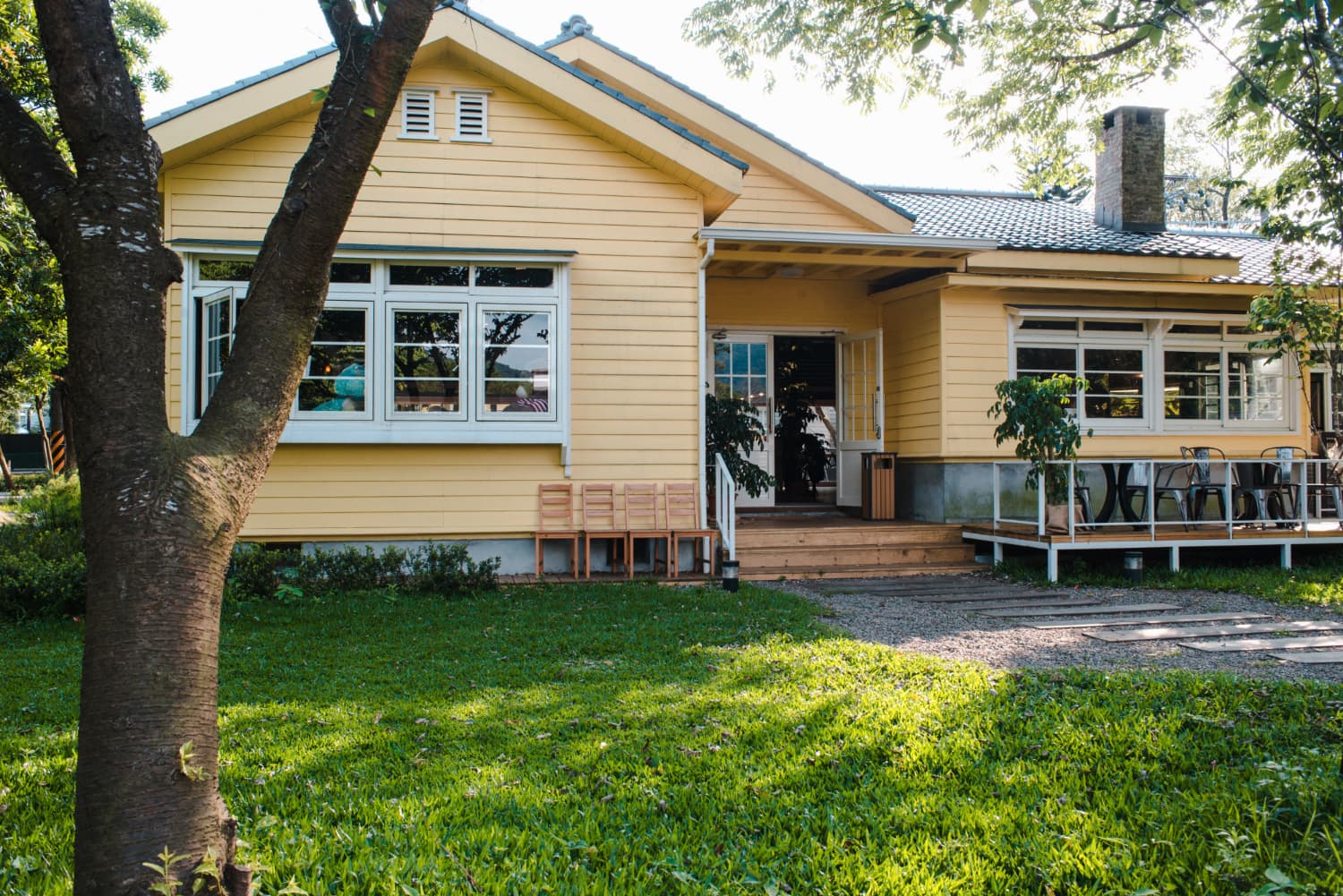Imagine you’ve found the perfect property ripe for renovation, but before you dive in, consider this: Don’t rush into fix-and-flip financing without understanding how to qualify for a fix and flip financing that can make or break your investment. Securing favorable loan terms can mean the difference between a profitable flip and a financial headache.
In this blog, we’ll explore the essential factors that influence loan rates and requirements for fix-and-flip financing. Whether you’re a seasoned investor or just starting, these practical tips will guide you in qualifying for the best financing options available, ensuring your investment journey is smooth and successful.
Understanding Loan Rates and Requirements
When it comes to fix-and-flip loans, interest rates can vary significantly based on several factors, including the lender, the property, and the borrower’s financial profile. Typically, fix-and-flip loans fall into two categories: hard money loans and traditional loans.
Hard Money Loans are often used for short-term investments and can come with higher interest rates, ranging from 8% to 15%. These loans are primarily based on the property’s value rather than the borrower’s creditworthiness. As a result, they can be quicker to obtain, making them ideal for urgent projects.
Traditional Loans, on the other hand, usually offer lower rates, typically between 4% and 6%, but they often require more documentation and longer approval times. They take the borrower’s credit history and financial stability into account, making them more suitable for experienced investors with good credit.
Loan requirements for fix-and-flip financing typically include:
· Property Value: Most lenders will require a property appraisal to determine its current value and potential after-repair value (ARV).
· Down Payment: A down payment of 20% to 30% is common for hard money loans, while traditional loans may vary.
· Credit Score: A minimum credit score of around 620 is often needed, though higher scores can improve your chances of securing better rates.
· Experience: Lenders may prefer borrowers with experience in real estate investments, particularly in flipping properties.
How to Qualify for Fix and Flip Financing
To improve your chances of qualifying for fix-and-flip financing, consider the following steps:
· Improve Your Credit Score: Before applying, check your credit report for errors and work on improving your credit score. This can help you secure better loan terms and lower interest rates.
· Document Your Experience: If you have previous experience in real estate investing or flipping properties, be sure to highlight this in your application. Lenders prefer borrowers with a proven track record, as it reduces their risk.
· Prepare a Solid Business Plan: A well-prepared business plan that outlines your project, including the expected timeline, budget, and potential return on investment (ROI), can enhance your application. This demonstrates to lenders that you are organized and have a clear strategy.
· Gather Necessary Documents: Be ready to provide financial documents such as bank statements, tax returns, and proof of income. Having these documents readily available can expedite the approval process.

If you’re ready to start your next fix-and-flip project, PRM Capital is here to help. Our fix and flip financing features:
1.Loans starting from $55,000 to over $50 million
2.Credit requirement of 620 or higher.
3.Competitive rates, no pre-payment penalties, and interest-only payments
4.Up to 90% loan-to-cost (LTC) financing
5.100% financing for rehabilitation.
Enjoy flexible terms ranging from 12 to 18 months, with no penalties for early payoff. If you’re considering a fix and flip loan refinance, our team can guide you through the options to ensure you find the best financial solution. Contact us today!








